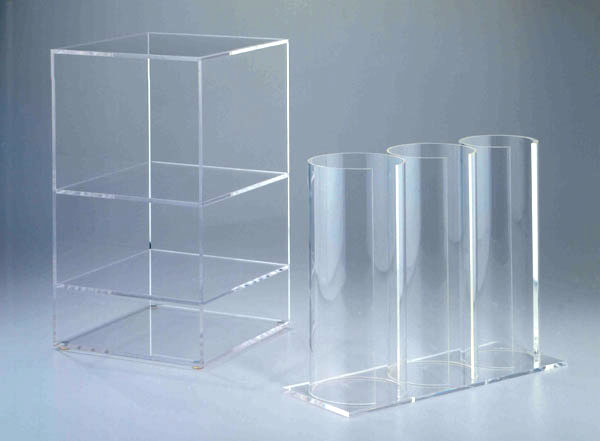
Overview Of CNC Machining And Vacuum Formation
Why even opt to fabricate plastic products? For starters, plastic manufacturing usually has the benefit of having relatively fast finish times, and unlike the majority of materials there’s also the choice of colouring plastic before production, rather than after. It’s high malleability is the reason why it has a reasonably low melting temperature, and it’s more lightweight compared to a number of other resources – these two aspects simplify the development process. Furthermore, plastics are comparatively inert and thus have high chemical resistance. Even with all of these positive aspects, plastic material is however not suitable for applications which require a very high structural integrity, and it is extremely susceptible to damage in the long-term.
Overview Of CNC Machining
CNC machining is a computer controlled subtractive process, that eliminates material from plastic in order to generate the desirable form. The computer is high-tech, with the ability to change a design into figures by using a computer aided design software system. The figures are competent to manipulate the equipment to cut the required shape. To operate, the machines need an intermediate step in the creation and validation of tool paths. As soon as the machine obtains the tool paths, the subtractive process is launched. When the construction is complete, the component is cleansed, smoothed, and trimmed.
For lower quantity plastic component requests that need tight tolerances and forms that are challenging to shape, machining meets your needs. CNC machining boasts minimal to moderate initial costs, and can also create premium quality plastic pieces with minimal finishing times. However, with an increase of product difficulty, the charge per part boosts. Additionally, the process requires tool access allowances, and particular designs, including those with spherical inner channels, are near-impossible to make using CNC manufacturing.
Breakdown Of Vacuum Formation
Vacuum formation is a process in which plastic is heated up and moulded, typically using a mould. The size and intricacy of vacuum-forming machines cover anything from affordable desktop equipment to innovative manufacturing equipment. {Click here for extra details acrylic sheet fabrication.|www.displaydevelopments.co.uk is seen as a website that is loaded with lots of up to date info on perspex shoes wholesale.|{In case you’re interested in more information in relation to plastic development this specific internet page plastic prototyping service offers numerous more resources having to do with bespoke plastic. This informative site prototype plastic components has a lot more info on the topic of abs plastic prototyping. There are a variety prototype plastic components web-sites throughout the Uk, if you are searching for more information or asking prices this site is a superb starting place
It can be appropriate for any task, from custom-made designs to large-scale production, considering the large range of equipment offered and that automatization is undoubtedly an option if required. Nonetheless, there is minimal freedom in the types of design it can produce, and is unfortunately only able to build parts with simple geometries. In comparison with various other methods, tooling costs are minimal, simply because vacuum formation merely requires low forces and pressures. Normally, for modest production sizes the moulds are constructed of Three-dimensional printed resin, or even plaster, and for larger manufacturing sizes stronger equipment made of metal is commonly used.
The production process starts off with a sheet of plastic material getting clamped and warmed up until the plastic becomes mouldable. The plastic is then placed into the mould and cooled off, and often fans and also other cooling methods are integrated in order to accelerate the cooling process. The last stage involves any surplus plastic being taken off.
